Blindness
Blindness has several causes but overall results in the incapacity to see.For more information: https://www.animalresearch.info/en/medical-advances/diseases-research/blindness/
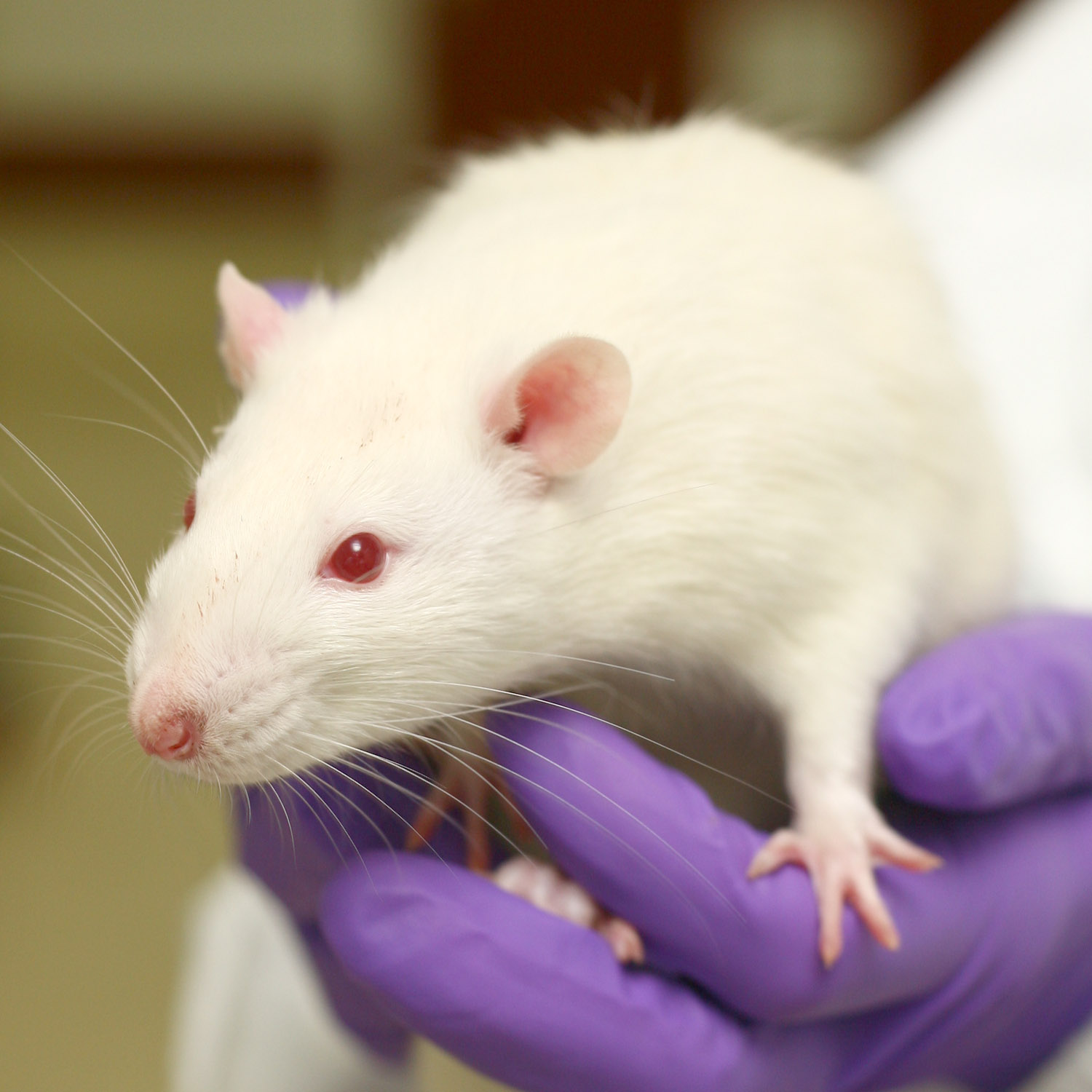
16/11/16 Gene-editing technique partially restores sight to blind rats
Blind animals have had their vision partially restored using a revolutionary DNA editing technique that scientists say could in future be applied to a range of devastating genetic diseases.
The study is the first to demonstrate that a gene editing tool, called Crispr, can be used to replace faulty genes with working versions in the cells of adults - in this case adult rats.
Before being used in humans, it would also need to be made more efficient, as only about 5% of cells had their faulty DNA replaced, the study found.
https://www.theguardian.com/science/2016/nov/16/breakthrough-as-gene-editing-technique-restores-sight-to-blind-animals
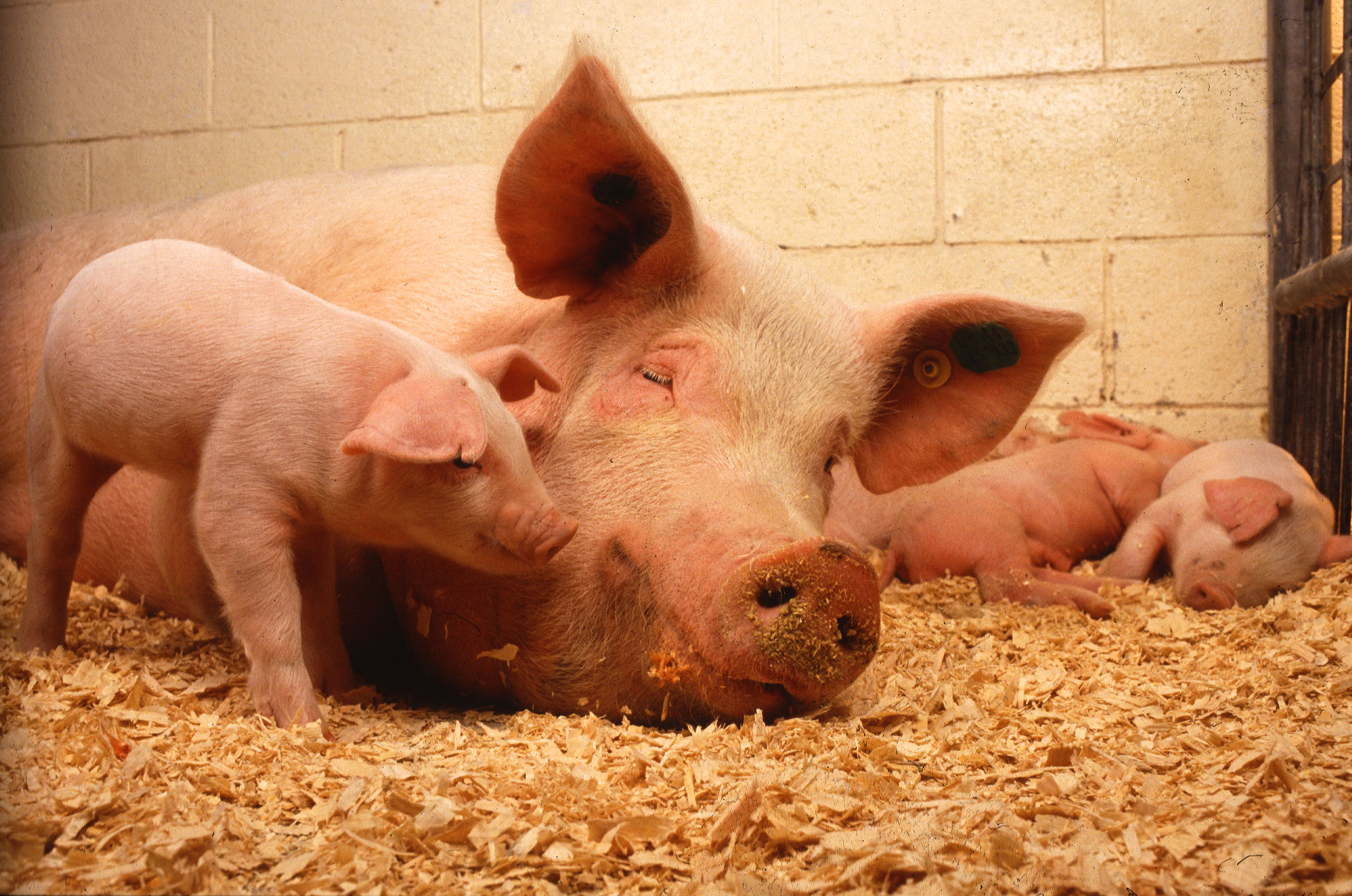
24/05/16 Pig cornea transplant cures sight in 200 blind people
8 million people in China are blind with corneal disease being responsible for half these cases. Corneal transplants can treat this disease but there is a lack of human corneas. Last year the Chinese government gave the go-ahead for experimental use of pig corneas and 200 operations have now been carried out. Have a look at this video, patient Wu Pinggui talks about having an operation to transplant a pig's cornea into his eye.
http://www.bbc.co.uk/news/magazine-36286128
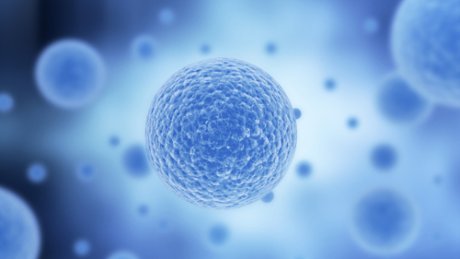
09/03/15 Vision restored in rabbits following stem cell transplantation
Scientists have demonstrated a method for generating several key types of eye tissue from human stem cells in a way that mirrors whole eye development. When transplanted to an animal model of corneal blindness, these tissues are shown to repair the front of the eye and restore vision,
http://www.cardiff.ac.uk/news/view/215659-eye-tissue-grown-in-lab
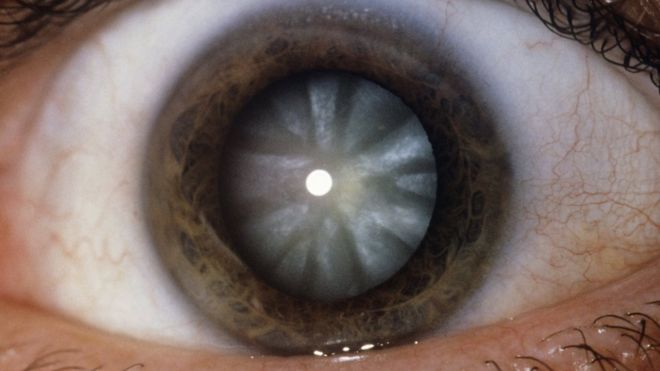
09/03/16 procedure regenerates the eye and treated children with cataracts
A pioneering procedure to regenerate the eye has successfully treated children with cataracts in China. More than half of all cases of blindness are caused by cataracts - the clouding of the eye's lens. An implanted lens is normally needed to restore sight, but the operation described in Nature activated stem cells in the eye to grow a new one. Experts describe the breakthrough as one of the finest achievements in regenerative medicine.
http://www.bbc.co.uk/news/health-35762713
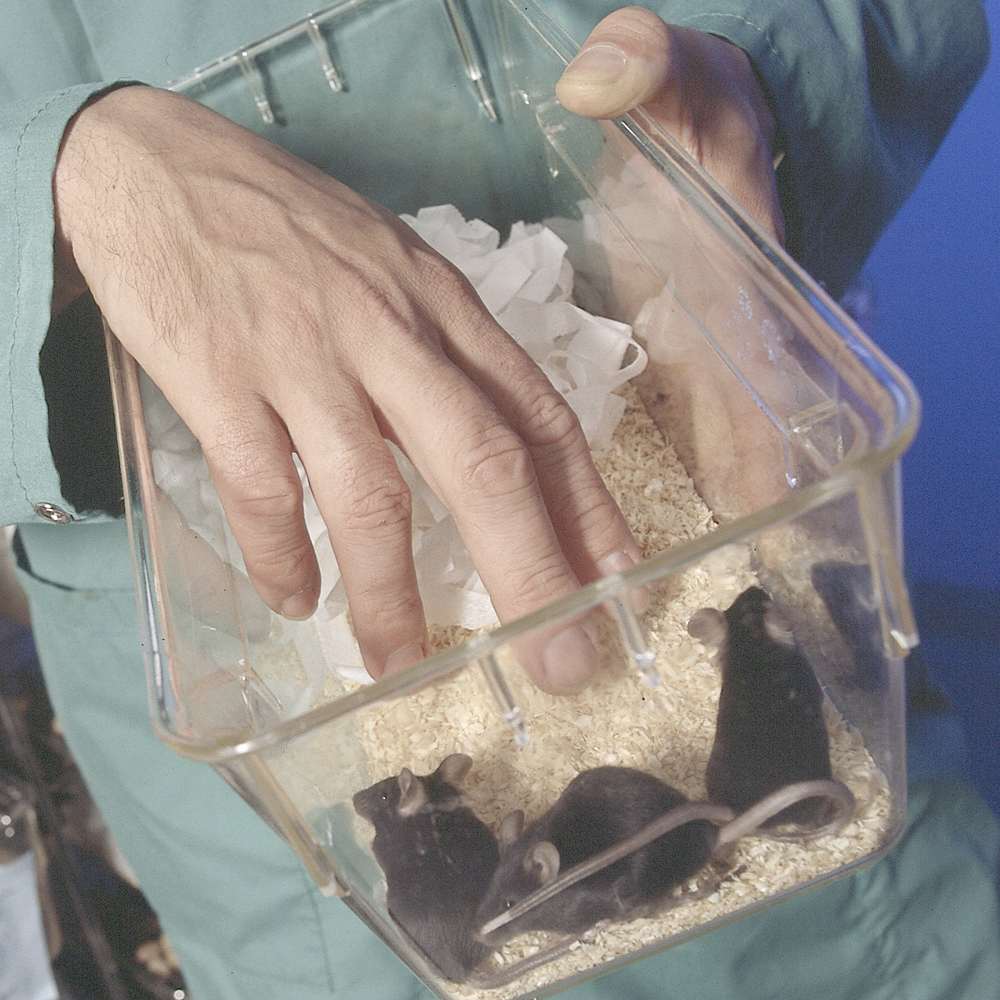
30/09/15 Stem cell trial aims to cure blindness
A big story yesterday on the stem cell trial for treating age-related macular degeneration in humans. Ten patients are undergoing surgery to insert specialised eye cells directly on to the back of the retina. What many people will be unaware of will be decades of pre-clinical work in rodent models which made this possible. So far the results of the clinical trial look promising, but the results won't be known until at least the end of the year.
New Stem cell trial: http://www.bbc.co.uk/news/health-34384073
Animal studies underpinning it: http://speakingofresearch.com/2014/10/15/stem-cells-restore-vision-thanks-mice/

23/07/15 Eye drops that reduce cataracts have been developed using dogs and rabbits.
Eye drops that reduce cataracts have been developed using dogs and rabbits. Scientists have identified a compound – lanosterol, the main molecule in steroids - that reduces the clouding that appears over the eye when a cataract develops. The lanosterol eye drops improved vision within 6 weeks of elderly dogs and rabbits. Cataracts are the world’s main cause of blindness and affect the vision of more than half of elderly people and there are currently no medications to prevent or reverse them. The drops could be available within 5 years and would replace complicated surgery for patients losing their vision.
http://www.telegraph.co.uk/…/Eye-drops-that-reduce-cataract…
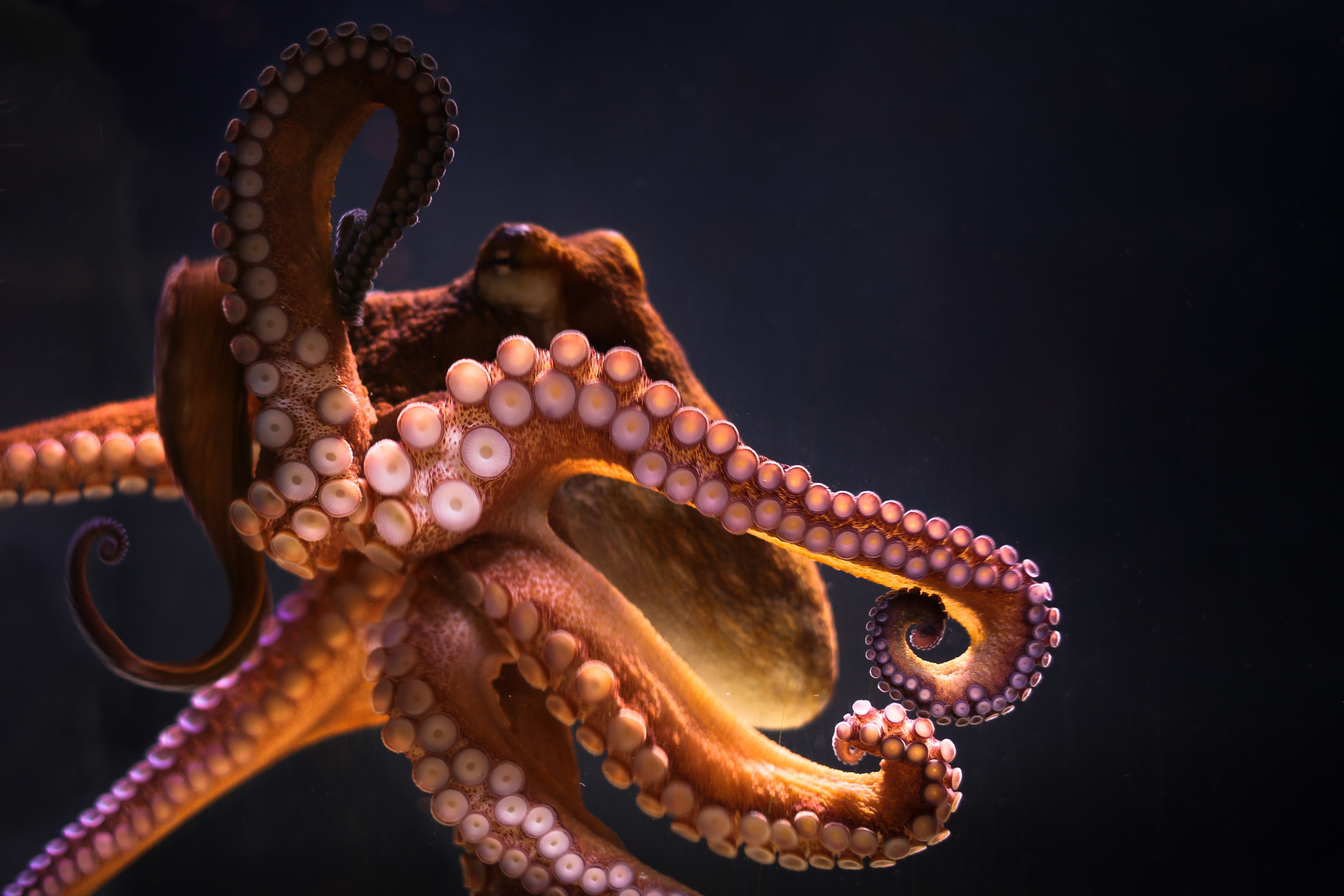
21/05/15 Octopuses can see with their skin
Octopuses can see with their skin. Octopus skin contains light-sensitive pigments also found in the eyes, making it responsive to light. Octopuses are thought to rely mainly on vision to bring about changes in colour and patterning of their skin to camouflage – despite apparently being colour bling. However, this study suggest that the skin cells responsible for the colour changes, called chromatophores, could also respond independently to light of different wave length. The chromotophores react differently to white, red and blue light.
http://www.theguardian.com/…/octopus-skin-contains-light-se…

16/05/15 Owning a cat could damage your sight
Owning a cat could damage your sight – exposure to felines increases the risk of glaucoma whereas having a dog guards against the disease. Scientists have discovered that people diagnosed with glaucoma, the second leading cause of blindness in the world, had significantly higher levels of an allergic antibody produced by the body in response to cats and cockroaches. This raises the possibility that the immune system plays a role in glaucoma.
http://www.dailymail.co.uk/…/Why-owning-cat-damage-SIGHT-Ex…
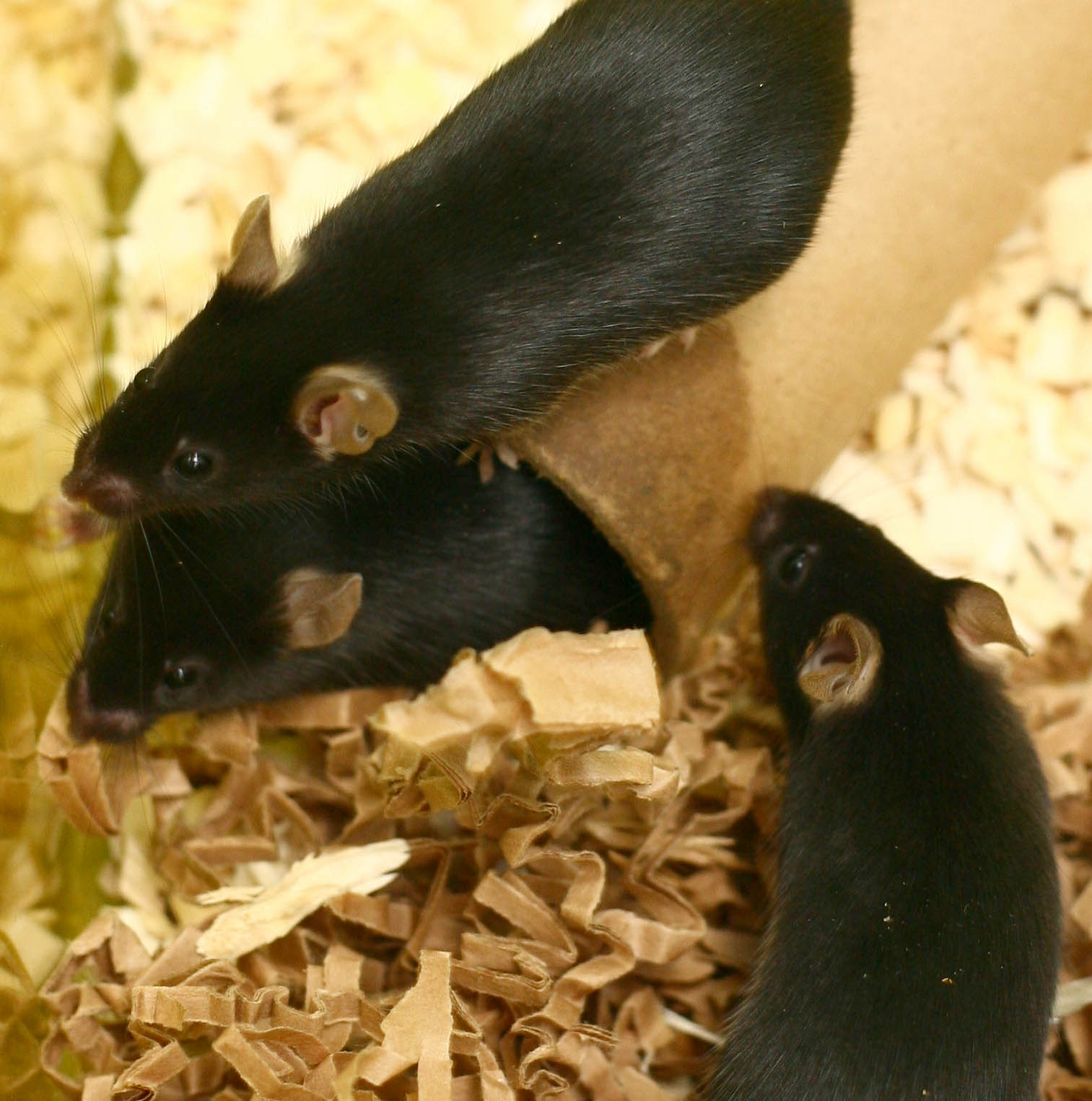
11/05/15 Vision restored to blind mice
Scientists from Switzerland and Germany have successfully restored vision to blind mice, by stimulating their retinal cells with a light-sensing protein. In hereditary blindness, a condition that affects millions of people worldwide, the light-sensing cells of the eye are lost leaving behind only retinal cells that cannot detect light. Introducing a light-sensing protein to these remaining cells effectively turned them into replacement photoreceptors, allowing the mice to see under daylight conditions, react to visual stimuli and learn visually triggered behaviours.
http://www.sciencedaily.com/releases/2015/05/150507153952.htm
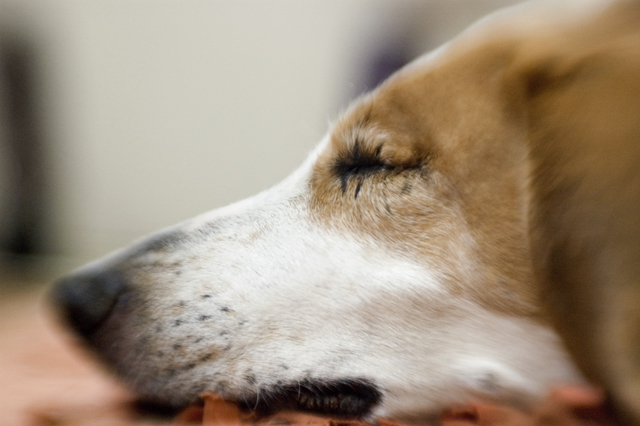
09/12/14 Gene therapy restoring vision in animals with congenital blindness
Scientists have partially restored the sight of animals suffering from congenital blindness using gene therapy to replace the lost light-sensitive cells of the eye. Dogs and mice with a condition similar to retinitis pigmentosa regained some of their vision following the therapy, which used a human gene to increase light sensitivity in retinal cells.
http://www.independent.co.uk/news/science/procedure-to-restore-sight-in-dogs-gives-hope-for-future-blindness-cure-9911273.html
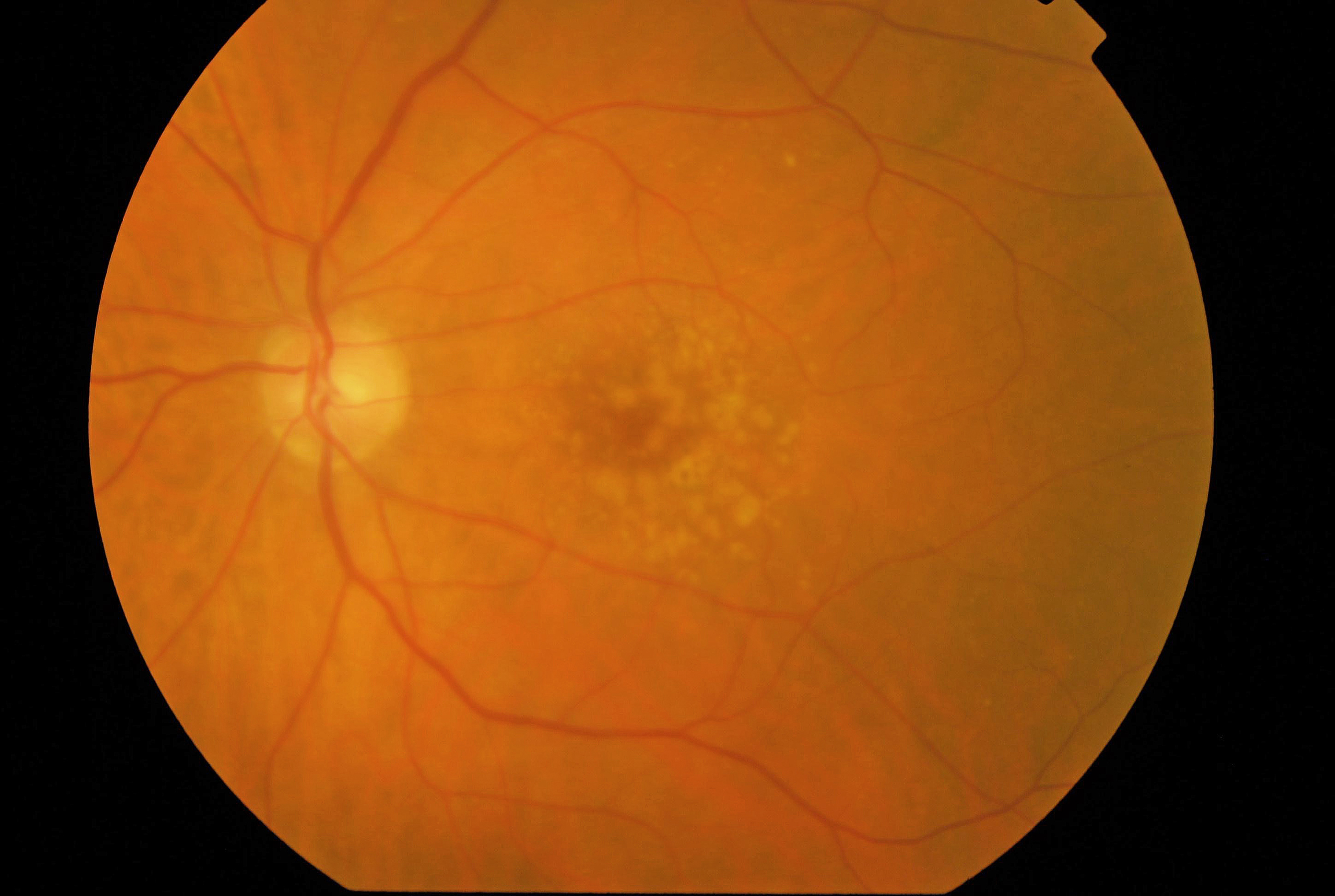
10/09/14 Stem cell treatment for blindness
A stem cell treatment for blindness successfully tested in primates has been cleared for human clinical trials. Using monkeys the Japanese research team showed that retinal cells grown in vitro using the recipients own tissue did not provoke an immune response when implanted. There are also concerns that using stem cells could trigger tumours, but studies in both mice and monkeys have shown that this is very unlikely. The first stage of the trial will involve one human patient, who will receive their stem cell implant within days. Eventually the trial will extend to cover six patients.
http://www.nature.com/news/next-generation-stem-cells-cleared-for-human-trial-1.15897
Last edited: 11 March 2019 15:22
